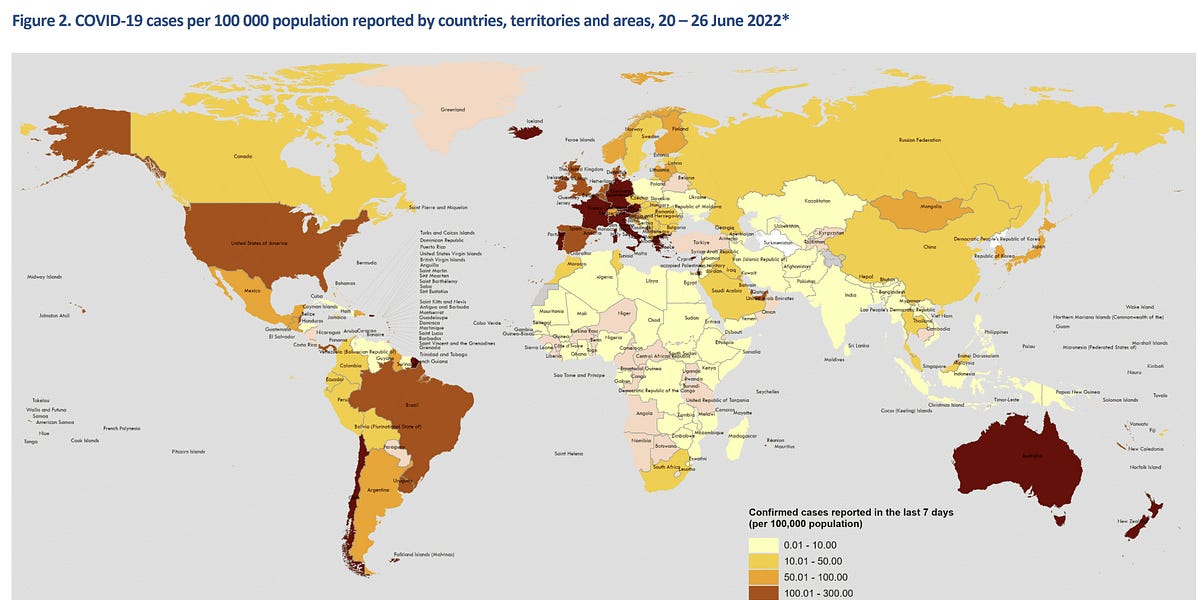- Joined
- Jun 8, 2008
- Messages
- 55,502
"FDA Calls for Omicron Component in Fall Booster Shots
— Move follows recommendation from agency's vaccine advisory committee
by Ian Ingram, Managing Editor, MedPage Today
The FDA on Thursday called on COVID-19 vaccine manufacturers to include components targeting the latest Omicron strains in bivalent booster shots for the fall and winter 2022 season.
"We have advised manufacturers seeking to update their COVID-19 vaccines that they should develop modified vaccines that add an omicron BA.4/5 spike protein component to the current vaccine composition," Peter Marks, MD, PhD, director of FDA's Center for Biologics Evaluation and Research, said in a statement. "As we move into the fall and winter, it is critical that we have safe and effective vaccine boosters that can provide protection against circulating and emerging variants to prevent the most severe consequences of COVID-19."
If all goes according to plan, the modified vaccines could potentially be available in "early to mid-fall," he said.
In his statement, Marks noted that while the initial COVID-19 vaccines have reduced the risks for hospitalization and death, studies have since shown that the effectiveness of both the primary vaccine series and booster doses wane over time. Omicron, in particular, has shown a greater degree of immune escape than prior variants.
The announcement follows Tuesday's meeting of the Vaccines and Related Biological Products Advisory Committee, which overwhelmingly recommended inclusion of components targeting the latest Omicron subvariants (though not all of the outside experts were on board).
Pfizer/BioNTech and Moderna have both already developed bivalent versions of their mRNA vaccines that target the ancestral strain and Omicron BA.1 strain. And while the companies recently announced that these shots can neutralize BA.4 and BA.5, in both cases it was to a lesser extent than against the original Omicron.
"We have advised [the manufacturers] that they should submit these data to the FDA for our evaluation prior to any potential authorization of a modified vaccine containing an omicron BA.4/5 component," said Marks, adding that the companies will also be asked to start clinical trials testing the new component.
-
![author['full_name'] author['full_name']](https://clf1.medpagetoday.com/media/images/author/ianIngram_188.jpg)
Ian Ingram is Managing Editor at MedPage Today and helps cover oncology for the site.
"





















300x240.png)